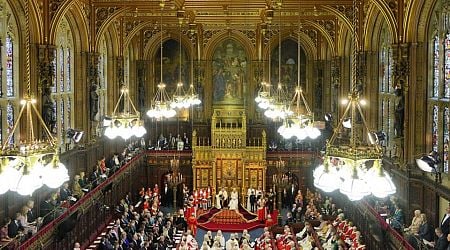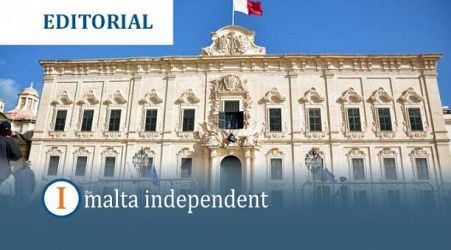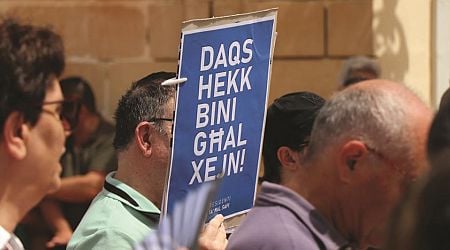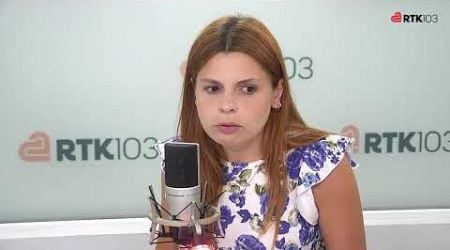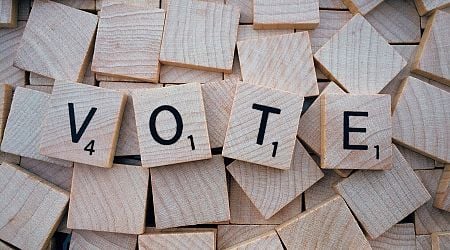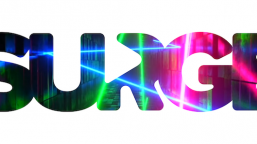Trumpets, tiaras and tradition on display as King Charles III presides over opening of Parliament
King Charles III will officially open the new session of Parliament on Wednesday, donning his ceremonial robes and the crown of state to deliver a speech laying out the legislative program of the U.K.’s first left-leaning government in 14

King Charles III will officially open the new session of Parliament on Wednesday, donning his ceremonial robes and the crown of state to deliver a speech laying out the legislative program of the U.K.’s first left-leaning government in 14 years.
The state opening of Parliament is one of the traditional set pieces of the political year, showcasing through carefully choreographed pageantry Britain’s evolution from an absolute monarchy to a parliamentary democracy where real power is vested in the elected House of Commons.
Here’s a brief look at the history of the King’s Speech and how it unfolds.
What is the King's Speech?
In simple terms, it is a speech that lays out the government’s legislative program for the coming year.
The speech is written by the elected government, currently led by Prime Minister Keir Starmer, and delivered by the king during a joint session of the House of Lords and the House of Commons.
The event is a symbol of the monarch’s constitutional role as head of state and is accompanied by centuries of tradition. It is the only routine occasion during which both houses of Parliament and the Crown come together in the same place.
Why now?
This year’s State Opening of Parliament marks the first sitting of the House of Commons following the July 4 general election in which Starmer’s left-leaning Labour Party won an overwhelming victory, ending 14 years of Conservative Party rule.
It will give Starmer the opportunity to spell out his government’s priorities and the legislation it intends to pass in the coming year.
But there is more to it than just a speech, right?
Of course. Britain and the royals know how to put on a show.
The King’s Speech dates back to at least the 15th century, and the traditions highlight that history.
The event gets underway at 9:30 am, when the Yeomen of the Guard — a group of ceremonial bodyguards who still wear traditional red and gold uniforms from the Tudor period — search the cellars beneath the Houses of Parliament for explosives. The tradition is a reminder of the 1605 Gunpowder Plot in which Roman Catholic rebels led by Guy Fawkes tried to kill Protestant King James I by blowing up the building during the State Opening of Parliament.
The public show starts later in the morning, when the Household Cavalry Mounted Regiment leads a procession from Buckingham Palace to the Houses of Parliament. King Charles III will travel in a gilded coach. A separate coach carrying the Imperial State Crown, the Cap of Maintenance and Sword of State precedes the monarch.
Meanwhile, a lawmaker goes to the palace as a symbolic hostage to ensure the king’s safe return. The tradition dates back to King Charles I’s effort to arrest lawmakers in 1642 as he tried to assert his right to govern without the advice and consent of Parliament. Charles I was ultimately tried for treason and beheaded.
Ever since then, the monarch has been barred from entering the House of Commons. That is why the opening ceremony takes place in the House of Lords, Parliament’s unelected upper chamber.
The Lords will send a security official called the Black Rod to the Commons to summon members to the joint sitting. But lawmakers traditionally slam the door in Black Rod’s face to symbolize their independence. Only after Black Rod pounds on the door with a staff will lawmakers make their way to the House of Lords, purposefully taking their time to once again show that the elected house holds the real power. Upon arrival, they pile into the back of a chamber packed with lords in ermine-trimmed scarlet robes.
“It’s a terrible cram because there are so many people and not enough space,” said George Gross, a royal historian at King’s College London. “But I think that’s part of the magic of the occasion, this sense that you’ve got everything crammed together … a very unusual moment that otherwise doesn’t happen.″
The king traditionally delivers his speech from a golden throne while wearing the Robe of State and the diamond-encrusted Imperial State Crown.
Has Charles done this before?
This will be third speech Charles has delivered, and his second as king.
In 2022, the late Queen Elizabeth II delegated this critical duty to Charles. The move was seen as evidence that a transition was underway, with the 96-year-old monarch remaining on the throne but turning over more responsibilities to her eldest son.
The choreography of the day emphasized a queen who was absent and yet still present. Her throne had been removed, but in its place the Imperial State Crown sat propped on a pillow. Charles, wearing the uniform of an admiral of the fleet, glittered in gold braid rather than sweeping ermine robes.
After becoming king, Charles presided over his own ermine-infused affair last year.
What are they thinking?
Charles is the head of state, but he is constitutionally obliged to follow the government’s advice. As such, he will likely be inscrutable in his reading of the speech, offering no clue as to whether he approves of the policies he announces on behalf of “my government.”
Likewise, members of both houses of Parliament are expected to listen to the speech in silence — unusual indeed for the House of Commons, where political debate is often raucous and irreverent.
So what does it all mean?
All the pomp and circumstance is there to make a point, Gross told The Associated Press. Those ceremonial events highlight the turning points in British history.
What really matters is the reference to Charles I, which cements the road to Britain becoming a constitutional monarchy, showcasing that neither the monarch nor anyone else can march into Parliament and demand whatever they want, Gross said.
’’It ultimately shows where power lies, and power now lies via the people through the government,″ Gross said.
Beyond that, there’s something for every branch of British government. The “genius’’ of the ceremony is its ability to have something for everyone — the lords, the lawmakers and the crown, said anthropologist Emma Crewe of SOAS University of London, who has studied Parliament.
“I do think that stories are really, really powerful and we do well to listen to the stories that people tell about our most important political institution,'' she told the AP. "It reminds us that it’s been around for a very long time, and we should protect it. And we should get involved.''
Related
Share this page
Guest Posts by Easy Branches


















